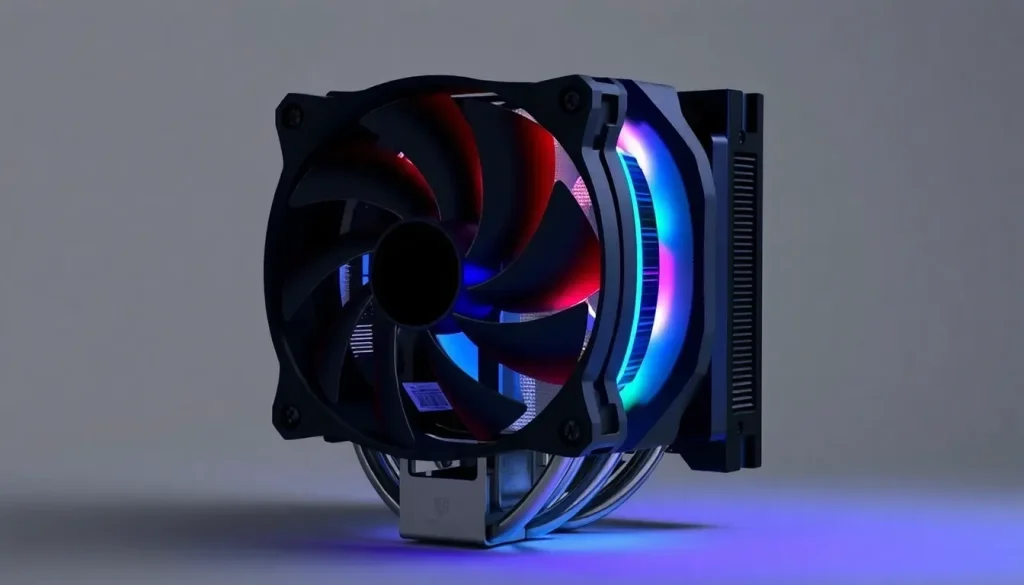Thermaltake AIO Cooler Confirmed Compatible With LGA 1954 Socket

As the world of PC building continues to evolve, enthusiasts are always on the lookout for the latest advancements in hardware compatibility and cooling solutions. Thermaltake, a renowned name in the cooling and case manufacturing industry, is stepping up to the plate with exciting news regarding its new AIO cooler. This development not only showcases the brand's innovation but also provides a glimpse into the future of Intel's upcoming CPUs.
- Thermaltake confirms compatibility with the new LGA 1954 socket for the MINECUBE 360 Ultra ARGB Sync AIO Cooler
- Comparing the socket dimensions: LGA 1954, LGA 1851, and LGA 1700
- What does this mean for existing AIO coolers?
- Anticipating the Nova Lake architecture
- How can users check AIO cooler compatibility?
- Long-term support for the LGA 1851 socket
- Future-proofing your build with intelligent choices
Thermaltake confirms compatibility with the new LGA 1954 socket for the MINECUBE 360 Ultra ARGB Sync AIO Cooler
Thermaltake has officially announced that its MINECUBE 360 Ultra ARGB Sync AIO Cooler will support Intel's next-generation LGA 1954 socket. This socket is expected to be integral to Intel's Nova Lake architecture, which will introduce enhanced performance and capabilities when it's launched.
At the recent Computex event, Thermaltake showcased the MINECUBE 360 Ultra ARGB Sync, and it now appears on the compatibility list for the LGA 1954 socket. The cooler was already known to support the LGA 1851 socket, but this recent confirmation extends its compatibility, ensuring it can accommodate Intel's forthcoming Nova Lake CPUs.
The LGA 1954 features the same dimensions as the previous LGA 1851 socket, measuring 45mm x 37.5mm. This similarity in size suggests that existing cooling solutions for LGA 1851 and even LGA 1700 will work seamlessly with the new socket. It minimizes the need for complete redesigns of cooling hardware, although manufacturers may need to provide updated brackets specific to the Nova Lake CPUs.
Comparing the socket dimensions: LGA 1954, LGA 1851, and LGA 1700
Understanding the dimensions of the LGA sockets is crucial for compatibility and cooling efficiency. Here’s a quick comparison:
| Socket Type | Dimensions (mm) |
|---|---|
| LGA 1700 | 45 x 37.5 |
| LGA 1851 | 45 x 37.5 |
| LGA 1954 | 45 x 37.5 |
This uniformity in dimensions means that users upgrading to the Nova Lake platform will likely experience ease in transitioning their cooling solutions, thereby saving both time and money.
What does this mean for existing AIO coolers?
The implications of this compatibility announcement are significant for both consumers and manufacturers. Here are some important points to consider:
- Current AIO coolers designed for LGA 1851 and LGA 1700 will likely work with the upcoming LGA 1954 without requiring extensive modifications.
- Cooling manufacturers may only need to produce new mounting brackets for optimal CPU contact, which is a relatively simple task.
- Users can expect a smoother upgrade path with existing cooling solutions, which can motivate more upgrades to new Intel CPUs.
Anticipating the Nova Lake architecture
Intel's Nova Lake is generating buzz due to its promising specifications and features. Set to be released in approximately a year, this architecture will be one of the first to offer:
- A significant increase in core counts, enhancing multi-threaded performance.
- Dual architectures for integrated graphics processing units (iGPUs), specifically Xe3 and Xe4.
- New Neural Processing Unit (NPU) technology, succeeding the previous NPU5, which is expected to enhance AI capabilities significantly.
This advancement in technology not only pushes the boundaries of what CPUs can achieve but also raises expectations for thermal management solutions, making compatibility with coolers like the MINECUBE 360 Ultra ARGB Sync even more vital.
How can users check AIO cooler compatibility?
For those considering an upgrade to the LGA 1954 socket, checking cooler compatibility is essential. Here are some steps users can follow:
- Visit the manufacturer's website to look for compatibility lists for specific models.
- Check online forums and community discussions for real-user experiences and recommendations.
- Read reviews from trusted tech websites to find out how well current coolers perform with similar sockets.
Staying informed through these channels can help ensure that your cooling solution meets your performance expectations.
Long-term support for the LGA 1851 socket
As Intel continues to innovate, questions arise about the longevity of certain sockets. The LGA 1851 has served as a bridge to the new LGA 1954, but how much longer will it remain relevant? Intel's typical upgrade cycle suggests that while LGA 1954 is on the horizon, LGA 1851 may still see usage in mid-range systems for some time. This is especially true for users who are not ready to invest in the latest technology.
As the industry evolves, manufacturers will need to adapt their cooling solutions to support both current and upcoming sockets, ensuring that users are not left behind as new architectures emerge.
Future-proofing your build with intelligent choices
When building or upgrading a PC, making intelligent choices about components can lead to better performance and longevity. Here are some tips:
- Invest in high-quality cooling solutions that are known for their adaptability.
- Stay updated on the latest technology trends and socket announcements from manufacturers.
- Consider modular components that can be easily upgraded or replaced as technology evolves.
By being proactive about your hardware choices, you can ensure that your PC remains relevant and capable of handling future demands.
For more insights into the performance of Thermaltake's MINECUBE 360 Ultra ARGB Sync AIO Cooler, check out this video:
As the PC hardware landscape continues to shift, staying informed will be key to making the best choices for your setup. Keep an eye on developments from Thermaltake and other manufacturers as we approach the release of Intel's Nova Lake architecture.

Leave a Reply